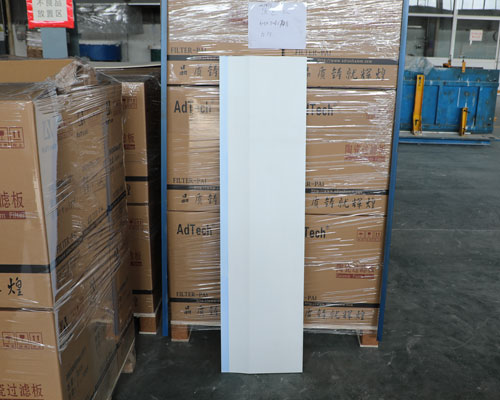Feeder castertip is a very critical tool for the production of aluminum castings and rolled parts. The quality of the splitter structure of the partition in the casting nozzle directly affects the flow field distribution of the molten aluminum, and will affect the uniformity of the molten aluminum crystallization, thereby affecting the grain size of the cast-rolled plate.
The tip of the aluminum casting is located in front of the rolls in the rolling equipment of the aluminum alloy field, and is used to guide the aluminum alloy.
The liquid aluminum melt enters the casting nozzle from the feed port at the rear end, and then is sent out from the discharge port at the front end and enters the roll, where it is cooled by the roll and rolled into a cast billet.
The aluminum melt temperature in the feeder castertip is as high as 670-640℃. A plurality of orifices are arranged longitudinally in the lower part of the casting nozzle cavity, which has the following structure:
- The cross-section of the flow holes is “T”-shaped, and they are interconnected multilayers. The upper end of the lower flow hole is connected to the bottom of the lower end of the upper flow hole.
- The upper ends of the orifices in the uppermost layer communicate with the upper part of the casting nozzle cavity.
- It has the characteristics of simple structure, good practicability and stable flow.
- It is suggested that the chamber can keep the temperature change of the molten aluminum at a small level during the flow process, and can keep the temperature distribution of the crystallization front of the casting nozzle uniform.
- Aluminum cast-rolled sheets with small grain size differences can be obtained, product quality can be improved, and double zero foil cast-rolled coils of 0.006 mm can be produced.
Generally, the width of the cast-rolled billet is determined by the outlet width of the nozzle. In order to improve equipment utilization and reduce operating costs, the width of plates produced by ordinary casting and rolling equipment is relatively wide, generally reaching 1450mm-1600mm.
For cast-rolled billets with a width of less than 800mm, if traditional equipment structures and production methods are used for production, the unit output will be reduced.

